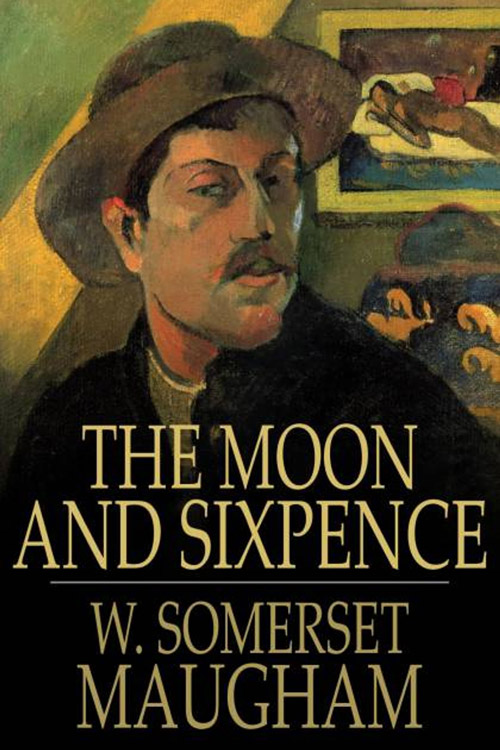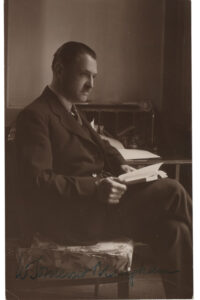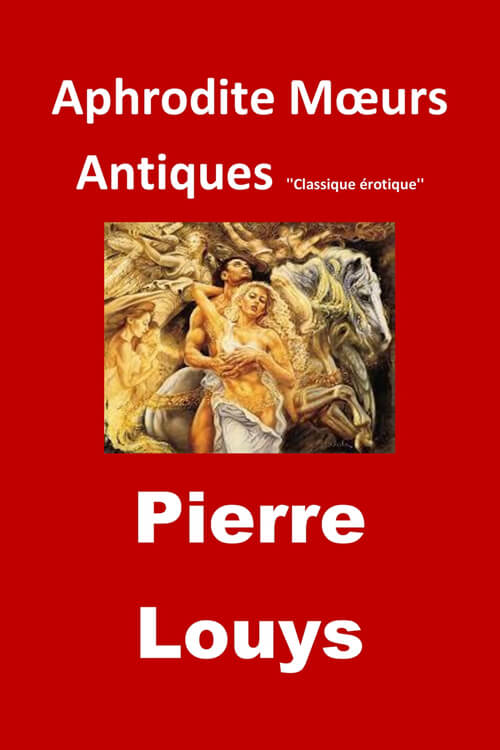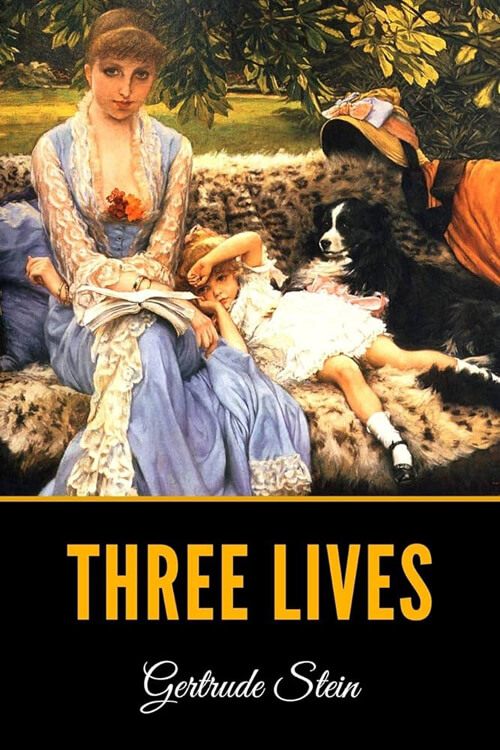
The Moon and Sixpence
The book is written mainly from the point of view of the narrator, a young, aspiring writer and playwright in London. Specific chapters entirely comprise accounts of events by other characters, which the narrator recalls from memory, selectively editing or elaborating on particular aspects of dialogue, particularly Strickland’s, because Strickland is said by the narrator to have an inferior ability to express himself in words. The narrator first develops an acquaintance with Strickland’s wife at literary parties. He later meets Strickland, who appears to be an unremarkable businessman with no interest in his wife’s literary or artistic tastes. Strickland is a well-off, middle-class stockbroker in London, sometime in the late 19th or early 20th century.
Early in the novel, he leaves his wife and children and goes to Paris. The narrator enters directly into the story at that point, when he is asked by Mrs Strickland to go to Paris and talk with her husband. He lives a destitute but defiantly content life there as a painter, lodging in run-down hotels and falling prey to both illness and hunger. In his drive to express through his art what appears to possess and compel him on the inside continually, Strickland cares nothing for physical discomfort and is indifferent to his surroundings. He is helped and supported by a commercially successful but hackneyed Dutch painter, Dirk Stroeve, coincidentally also an old friend of the narrator, who recognizes Strickland’s genius as a painter. After helping Strickland recover from a life-threatening illness, Stroeve is repaid by having his wife, Blanche, abandon him for Strickland. Strickland later discards the wife because all he wants from Blanche is to be a model to paint, not serious companionship. It is hinted in the novel that he indicated that to her, but she took the risk anyway. Blanche then dies by suicide. She is another human casualty in Strickland’s single-minded pursuit of art and beauty, the first casualties being his own established life and those of his wife and children.
Read or download Book
W. Somerset Maugham
William Somerset Maugham ( 25 January 1874 – 16 December 1965) was an English writer known for his plays, novels, and short stories.
Biography
Born in Paris, where he spent his first ten years, Maugham was schooled in England and went to a German university. He became a medical student in London and qualified as a physician in 1897. He never practised medicine and became a full-time writer. His first novel, Liza of Lambeth (1897), a study of life in the slums, attracted attention, but it was as a playwright that he first achieved national celebrity. By 1908 he had four plays running at once in the West End of London. He wrote his 32nd and last play in 1933, after which he abandoned the theatre and concentrated on novels and short stories. Maugham’s novels after Liza of Lambeth include Of Human Bondage (1915), The Moon and Sixpence (1919), The Painted Veil (1925), Cakes and Ale (1930), and The Razor’s Edge (1944). His short stories were published in collections such as The Casuarina Tree (1926) and The Mixture as Before (1940); many of them have been adapted for radio, cinema, and television.
His extraordinary popularity and prodigious sales provoked adverse reactions from highbrow critics, many of whom sought to belittle him as merely competent. More recent assessments generally rank Of Human Bondage − a book with a sizeable autobiographical element − as a masterpiece, and his short stories are widely held in high critical regard. Maugham’s plain prose style became known for its lucidity, but his reliance on clichés attracted adverse critical comments. During the First World War, Maugham worked for the British Secret Service, later drawing on his experiences for stories published in the 1920s. Although primarily homosexual, he attempted to conform to some extent to the norms of his day. After a three-year affair with Syrie Wellcome, which produced their daughter, Liza, they married in 1917. The marriage lasted twelve years, but before, during, and after it, Maugham’s principal partner was a younger man, Gerald Haxton. Together, they made extended visits to Asia, the South Seas, and other destinations; Maugham gathered material for his fiction wherever they went. They lived together in the French Riviera, where Maugham entertained lavishly. After Haxton died in 1944, Alan Searle became Maugham’s secretary-companion for the rest of the author’s life. Maugham gave up writing novels shortly after the Second World War, and his last years were marred by senility. He died at the age of 91.






